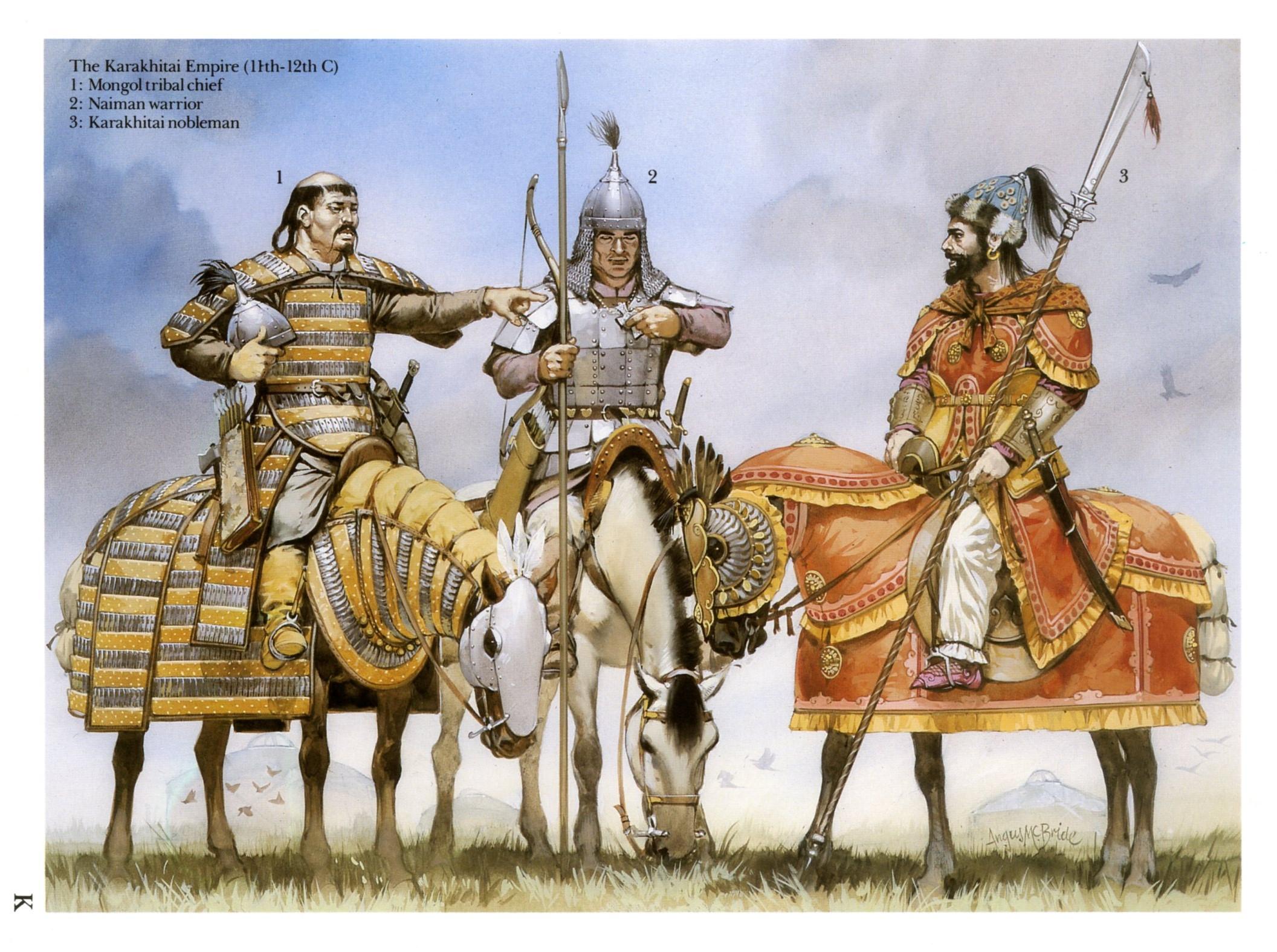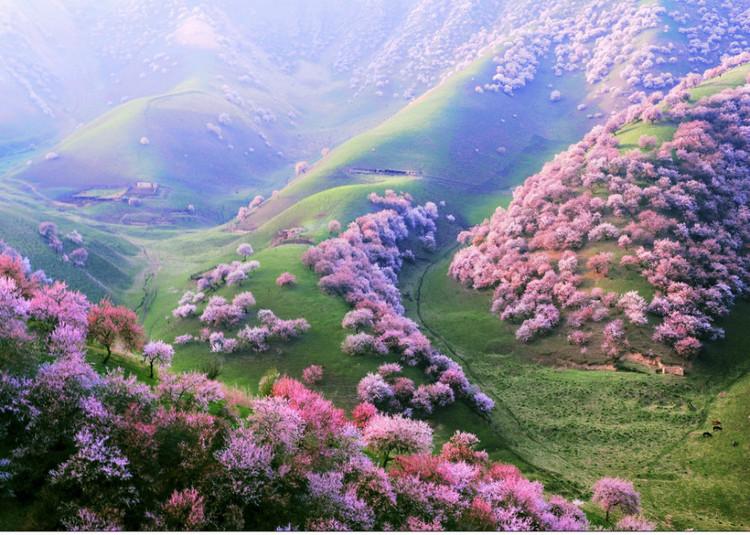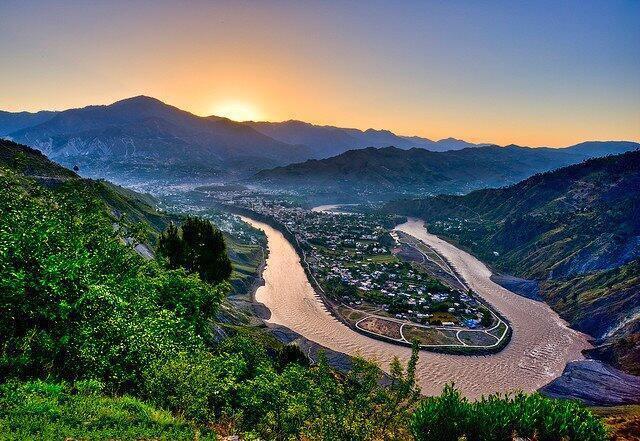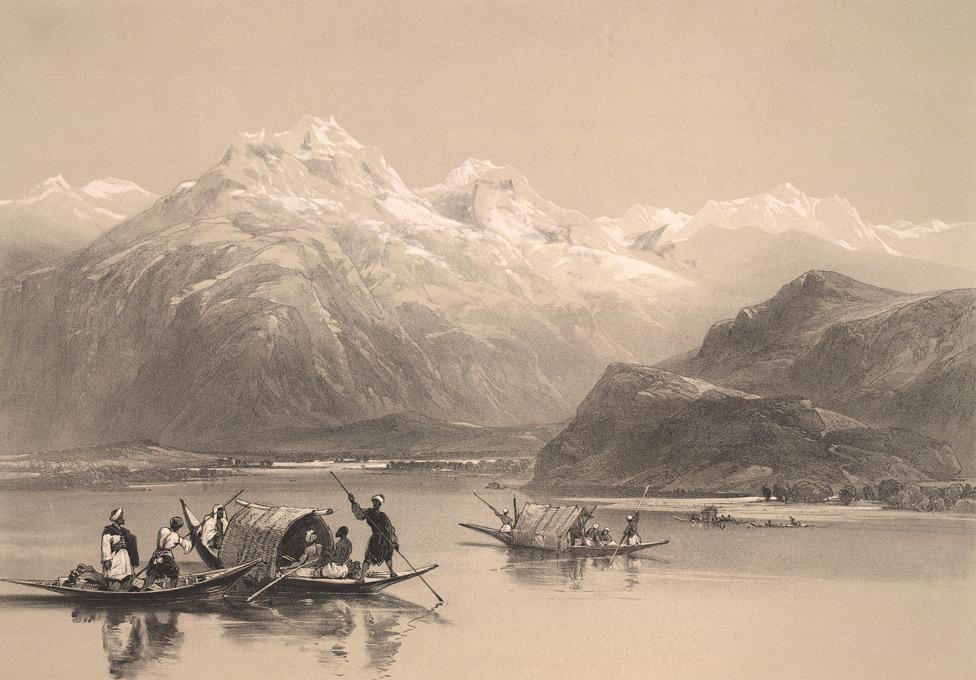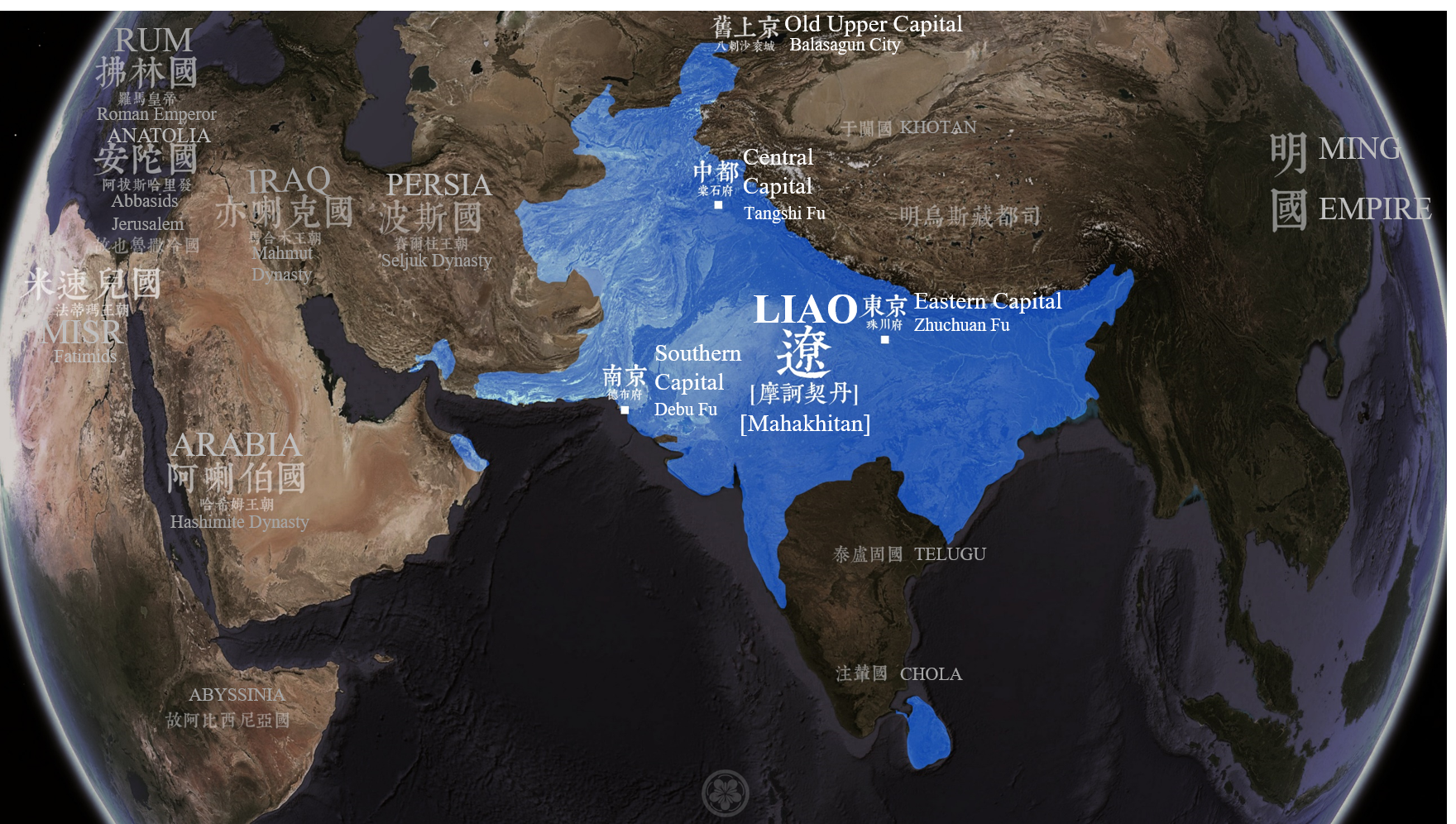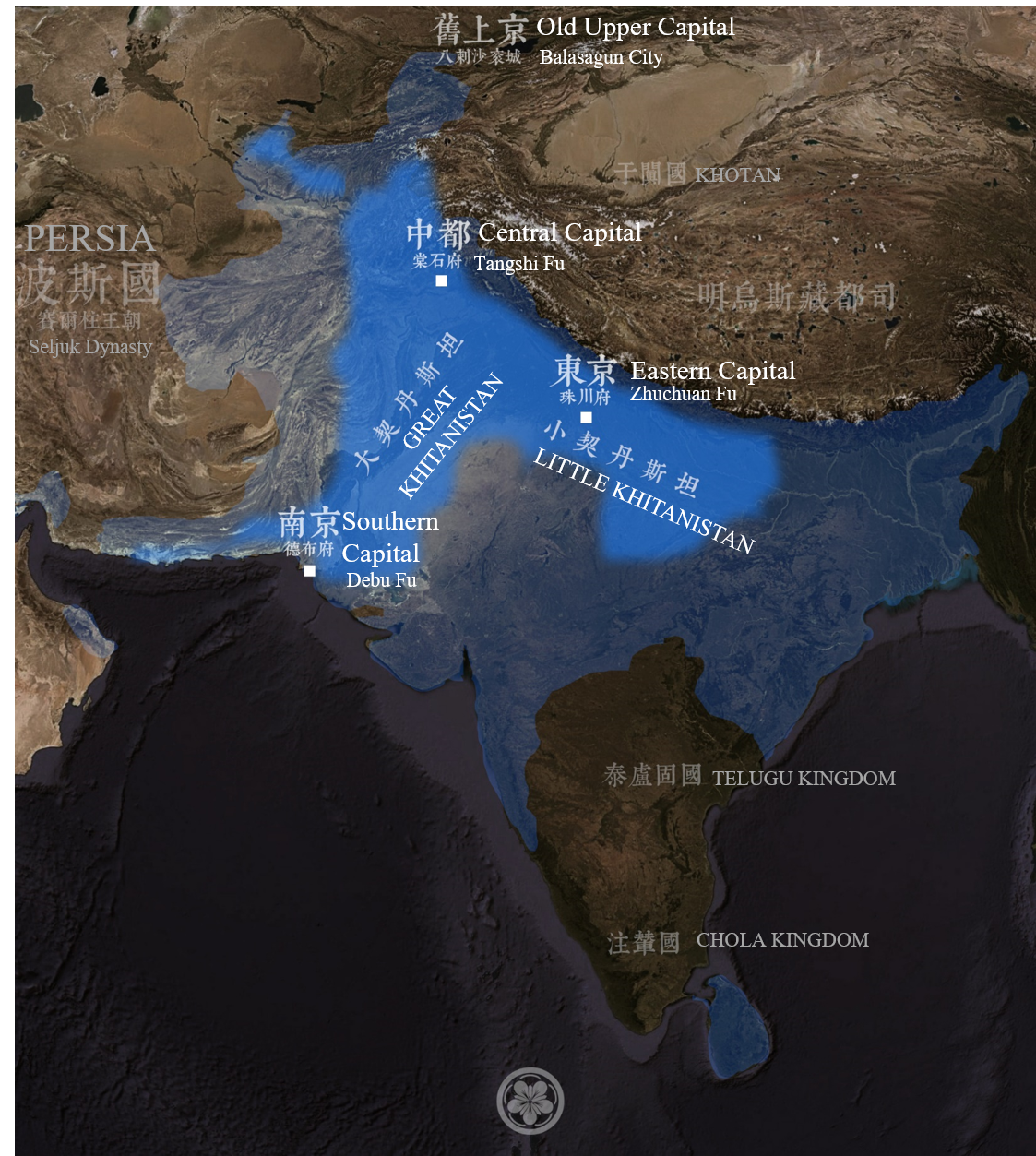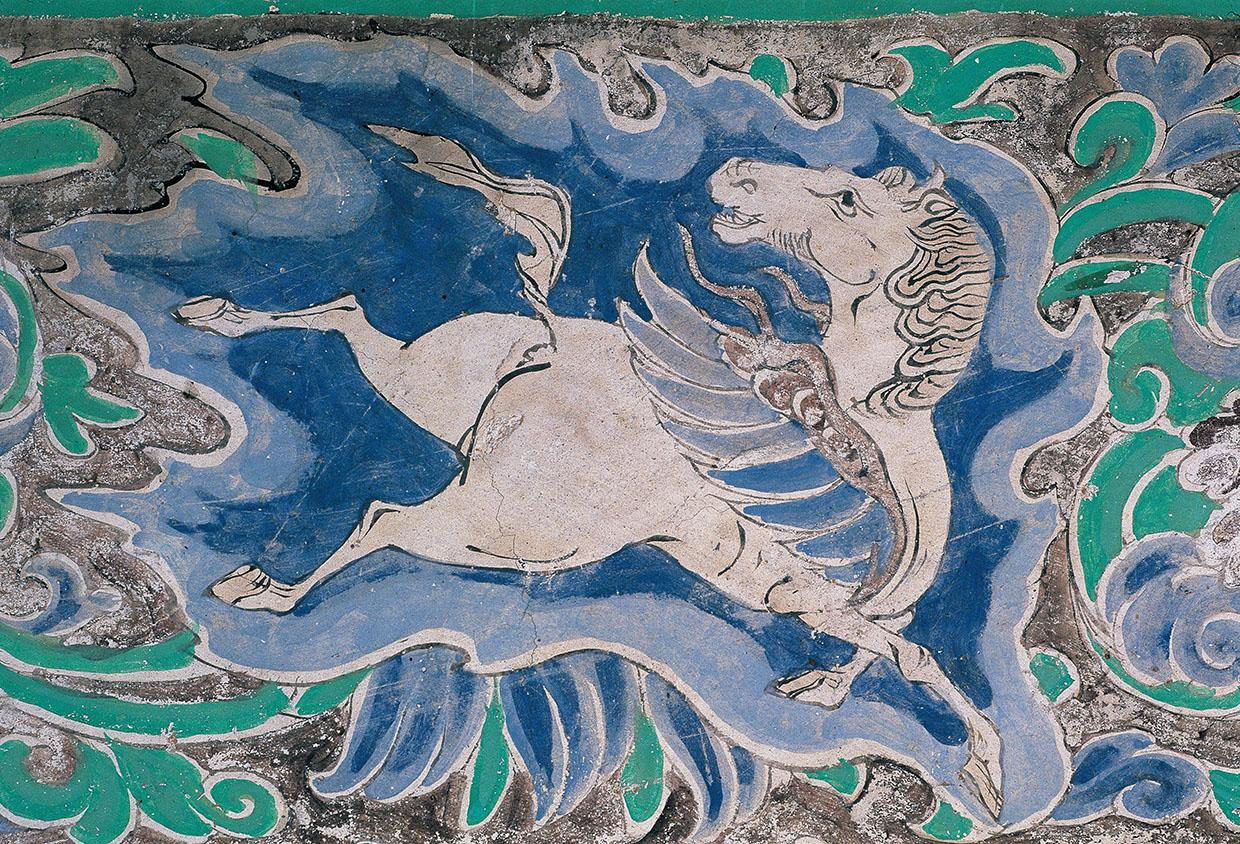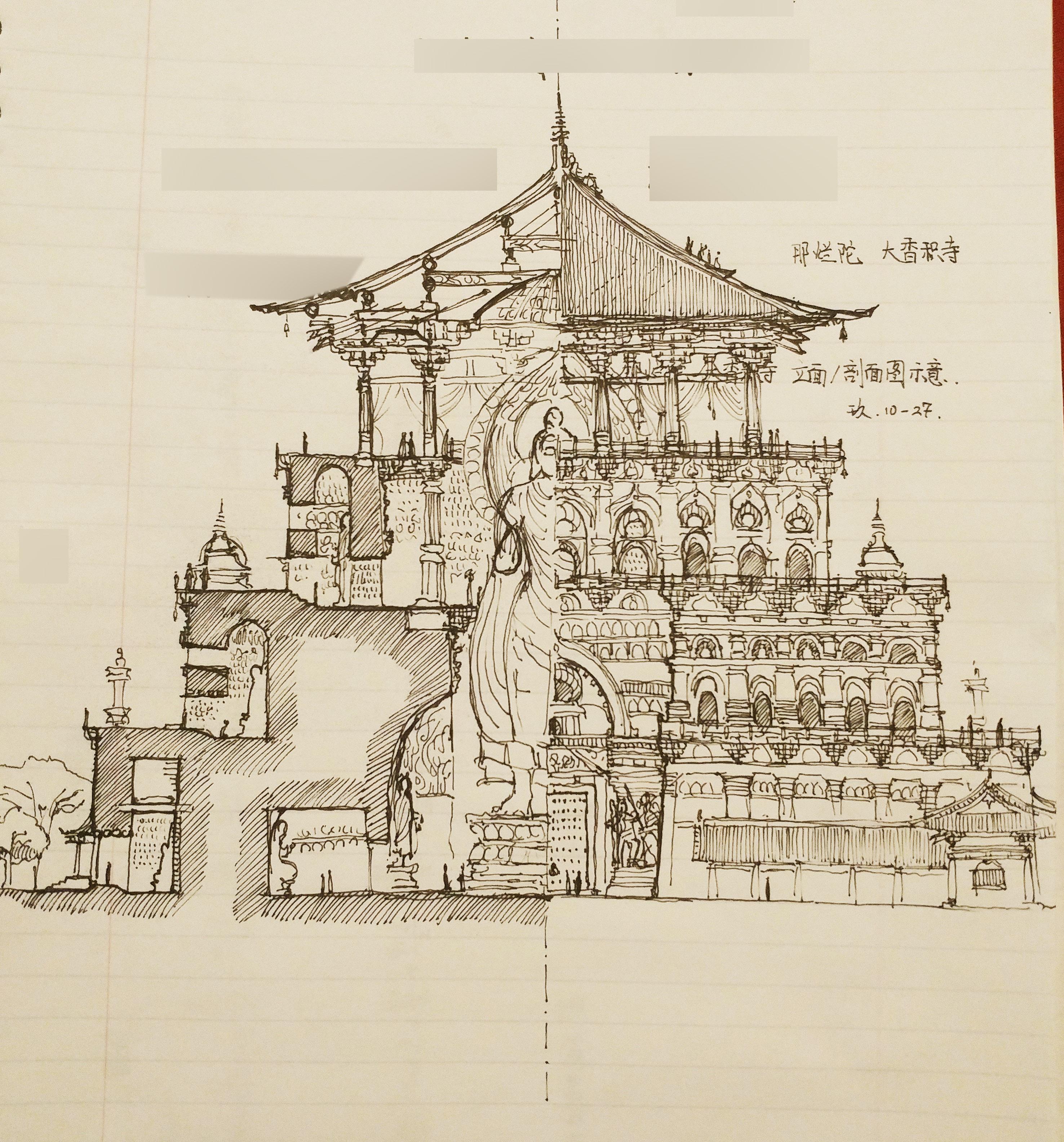Table of Imperial Era Names and Temple Names
Here is an incomplete list of the Emperors of Western and Southern Liao, with their Temple Names and Era Names. It's made based on all the information available in the updates so far, just for your reference, lest it may confuse readers in the following updates.
Notice that this isn't official. The author, Chuye Kara, prepared an official list of Emperors, although it's not yet the time to publish it. So this table is subject to changes and editions as she wills it.
Those were AH personnel completely different from OTL Kara Khitai emperors. From Yelü Dashi (Dezong) onwards, their titles and years of reign were completely different. The OTL emperors could be seen here: https://en.wikipedia.org/wiki/Qara_Khitai#Sovereigns_of_Qara_Khitai
An emperor of a Chinese or Chinese-influenced state usually have four names: 1) A personal name gained at birth, 2) An Era name to mark his regnal years, 3) A Temple Name, gained after his death, to be used on his Ancestral tablet in the family temple, and 4) a Posthumous Name, given by courtiers or historians after his death, to praise or depreciate the emperor. So far, for TTL Liao Emperors, only Temple Names and Era Names are shown, and used interchangeably.
I made this table with a summary of events, but that would completely destroy the suspense for the next updates, so I cropped that out.
Edit: Now It's complete and official

Notice that this isn't official. The author, Chuye Kara, prepared an official list of Emperors, although it's not yet the time to publish it. So this table is subject to changes and editions as she wills it.
Those were AH personnel completely different from OTL Kara Khitai emperors. From Yelü Dashi (Dezong) onwards, their titles and years of reign were completely different. The OTL emperors could be seen here: https://en.wikipedia.org/wiki/Qara_Khitai#Sovereigns_of_Qara_Khitai
An emperor of a Chinese or Chinese-influenced state usually have four names: 1) A personal name gained at birth, 2) An Era name to mark his regnal years, 3) A Temple Name, gained after his death, to be used on his Ancestral tablet in the family temple, and 4) a Posthumous Name, given by courtiers or historians after his death, to praise or depreciate the emperor. So far, for TTL Liao Emperors, only Temple Names and Era Names are shown, and used interchangeably.
I made this table with a summary of events, but that would completely destroy the suspense for the next updates, so I cropped that out.
Edit: Now It's complete and official
Last edited:
